
Quick Links
Many people out there are not familiar with scoliosis. This is a Greek word that is now used to describe a spinal curvature. There are actually different types of scoliosis. This article will explain 7 different scoliosis types which are as follows:
- Congenital Scoliosis
- Early Onset Scoliosis
- Adolescent Idiopathic Scoliosis
- Degenerative Scoliosis (De Novo Scoliosis)
- Neuromuscular Scoliosis
- Scheuermann’s Kyphosis
- Syndromic Scoliosis
Although this spinal curvature is not a disease, it can be caused by a disease. But in most cases, the causes of natural scoliosis are unknown.
ALSO CHECK: Lastest Approaches on Scoliosis
Congenital Scoliosis
Speaking about rare types of scoliosis, studies have indicated that congenital scoliosis affects 1 in 10 000 newborn babies. Congenital scoliosis is caused by spinal abnormalities that occur in the womb –in other words, this means that this type of scoliosis is inborn.
For a baby to have congenital scoliosis, this is what might have occurred in the womb as the baby was developing:
- Bones (vertebrae) may not be separated as they are supposed to be.
- Bones in the spine may not be enough.
- The spine bones may not form normally.
- The spinal bones may partially form.
Because this type of scoliosis is inborn, it can be diagnosed and treated earlier.
Early Onset Scoliosis
When a child who is below the age of 10 is diagnosed with scoliosis, this kind of spinal curvature is referred to as early-onset scoliosis. Although they are very different, early-onset scoliosis is often confused with adolescent idiopathic scoliosis (explained below). The spine of a child who is under 10 ten is still growing, so if one happens to have early-onset scoliosis, this curvature can also affect lung development and result in malformed ribs.
It's difficult to notice a child with early-onset scoliosis, so if you want to notice it, you should look at the symmetry of your child's body. Look for signs such as tilted head, uneven shoulders and hips and the asymmetric contour of the waist. In the event that your child has been diagnosed with this form of scoliosis, you should make sure that the child gets immediate treatment so as to avoid lung and heart problems.
Adolescent Idiopathic Scoliosis
This is probably the most common type of scoliosis. Statistics show that 4 out of 100 kids between the ages of 10 and 18 are affected by adolescent idiopathic scoliosis. The cause of this type of scoliosis is unknown –this is the reason why the name of this condition is derived from the age group of the affected.
However, there are several theories that try to explain the causes of adolescent idiopathic scoliosis –and they range from hormonal imbalances to asymmetric growth. There is also a genetic link theory because the stats have revealed that 30% of kids affected by adolescent idiopathic scoliosis have a family member who has had scoliosis.
Degenerative Scoliosis (De Novo Scoliosis)
Sometimes referred to as late-onset scoliosis, de novo scoliosis or adult-onset scoliosis, degenerative scoliosis can be described as a sideways curvature of the spine that develops as one grows. This type of scoliosis is caused by the degeneration of the facet joints and intervertebral discs in the spine.
This study shows that more than 60% of adults who are over the age of 60 are more likely to have degenerative scoliosis.
As you age, you are bound to experience a natural degeneration of these facet joints and discs, but in some cases, this degenerative process is accelerated and this, therefore, causes more symptoms. In cases where degenerative scoliosis becomes symptomatic, one can experience dull backache to excruciating pain in the legs – this makes walking unbearable.
Degenerative scoliosis mostly forms a C-shaped, and it happens on the lower back or in the lumbar spine. It is diagnosed as scoliosis only if the degree of sideways curvature is greater than 10 degrees.
Neuromuscular Scoliosis
When one develops various disorders of the spinal cord, brain and muscular system, there is a possibility of developing idiopathic scoliosis known as neuromuscular scoliosis. What then causes spinal curvature in such an instance is when the nerves and muscles cannot maintain the proper alignment and balance of the spine and trunk. This type of idiopathic scoliosis is dangerous because it can develop as when one grows, and it can result in paralysis. Patients suffering from neuromuscular scoliosis can find it difficult to even sit upright on a wheelchair as they may keep on slumping to one side.
Myelodysplasia, cerebral palsy, Duchenne muscular dystrophy, Freidrich ataxia, and spinal muscular atrophy are the most popular conditions that can result in neuromuscular scoliosis. Although these symptoms are generally not throbbing, they tend to become painful if the spinal curvature progresses. You can tell that one is developing this type of scoliosis by the way they stand –leaning to one side or forward while sitting or standing is the first telltale. Full spinal x-rays and clinical evaluations are used to confirm scoliosis.
Scheuermann’s Kyphosis
In most cases, scoliosis affects the lumbar spine or the lower spine, but if it affects the cervical spine and thoracic spine, then this type of scoliosis is known as kyphosis. Kyphosis can be described as the forward rounding of the spine and it has three types. One of the common types of kyphosis is mostly diagnosed during adolescence and it's referred to as Scheuermann's kyphosis. Stiffness in the back, severe back pain, poor posture, and muscle fatigue are the most common symptoms of Scheuermann kyphosis.
Syndromic Scoliosis
This might somehow be self-explanatory, right? Syndromic scoliosis is a spinal curvature that is caused by some kind of syndrome. Rett’s syndrome, Beale’s syndrome, muscular dystrophy and osteochondrodystrophy are some of the syndromes that are usually linked to syndromic scoliosis. This condition has highly variable symptoms due to the fact that it can be associated with several syndromes. Symptoms of syndromic scoliosis are usually not painful, but when this type of scoliosis happens to be severe, it can lead to discomfort or pain when one is sitting. Children who develop disorders that can trigger syndromic scoliosis can be screened at an early age.
Over to you…
If you take a close look of someone’s back and you notice that their spine isn’t running straight down the middle or it has a curve, then you should know that person may be having scoliosis. You can do your part but help them go see a doctor because as we mentioned earlier, most of the people who have scoliosis do not what they have.
Learn more about Scoliosis Treatment in Turkey by comparing costs and reviewing the clinics and doctors.
Take The First Step Get Started!
Our team will dedicate their effort and time to help you choose the clinic best for you. Our goal is not just to find ‘a doctor’ for you, but to find ‘the right doctor’.
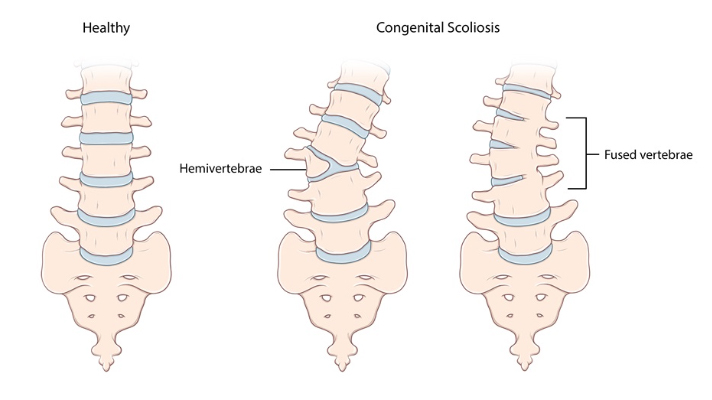
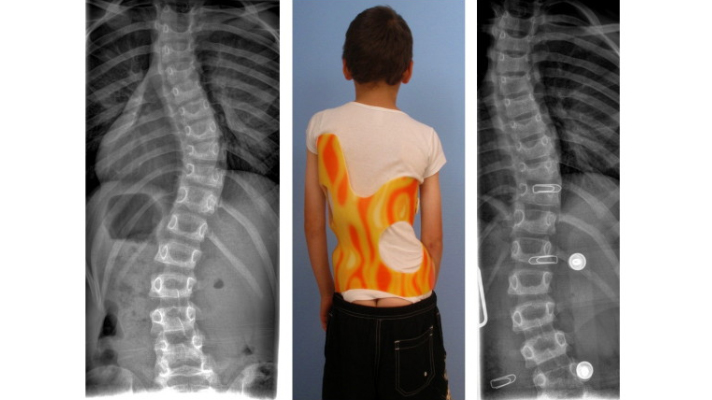
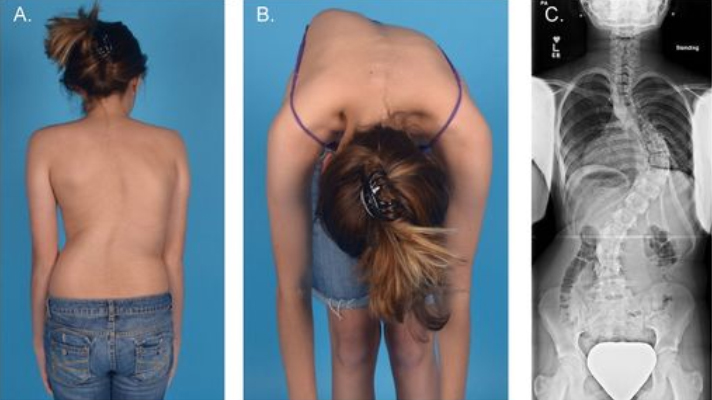
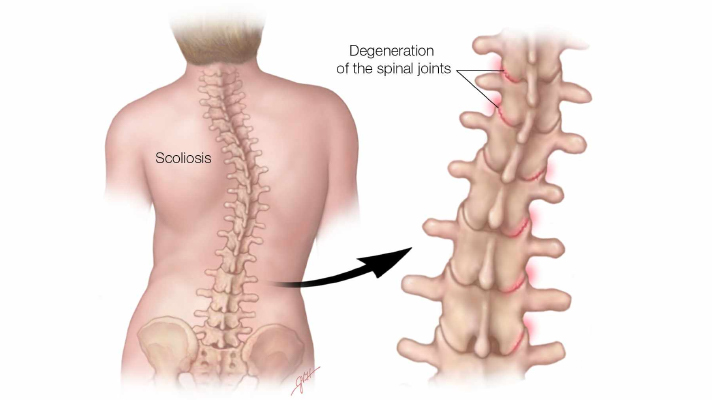

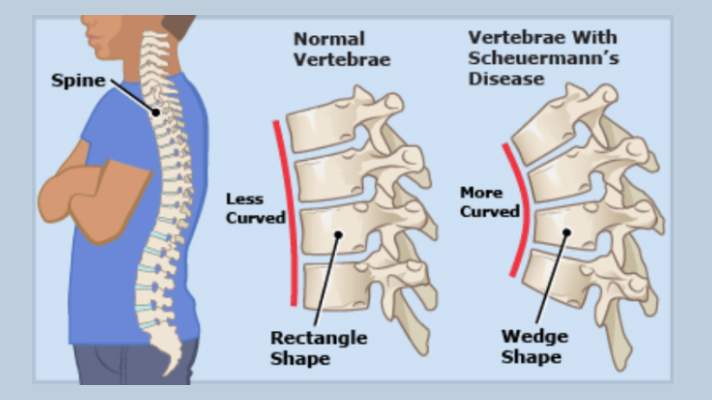




.jpeg?w=100)

